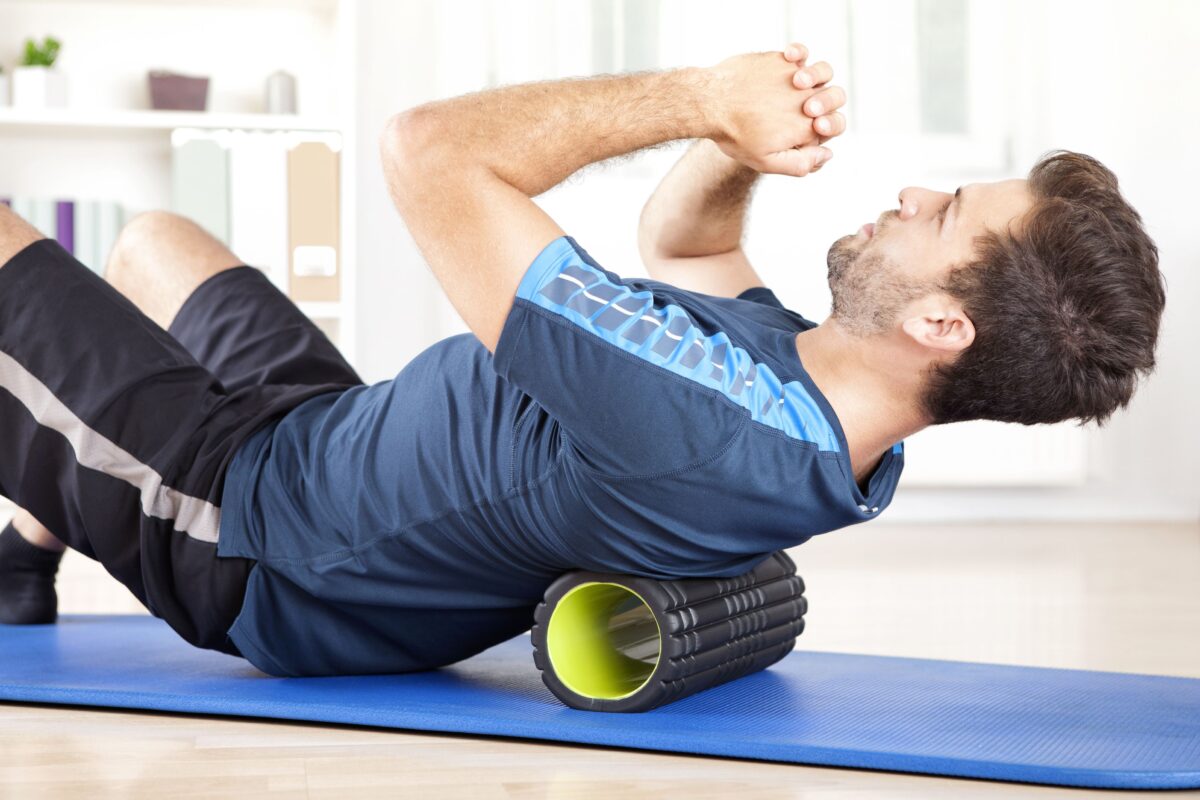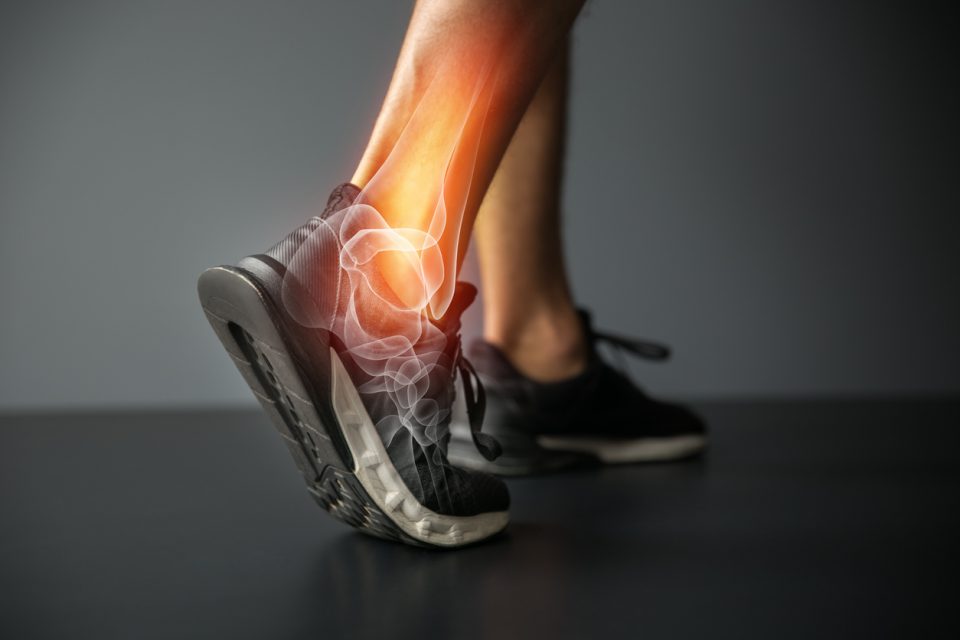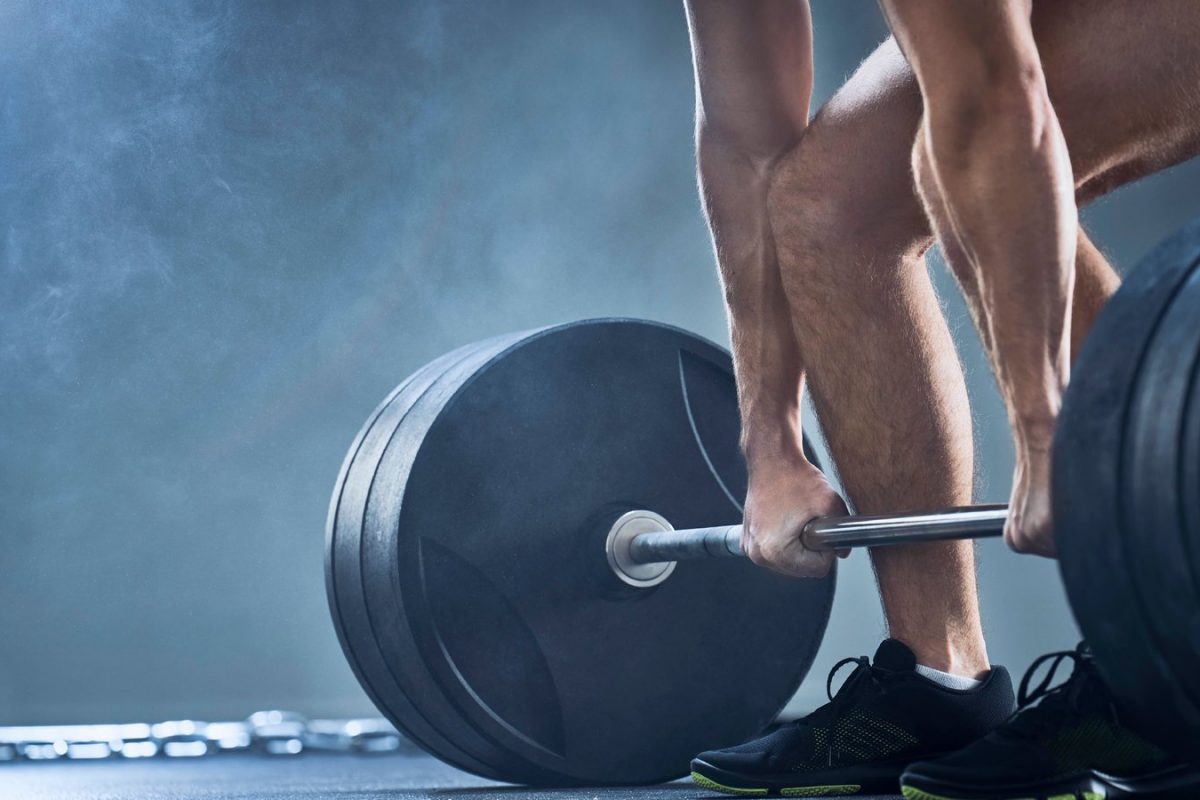Is the work-from-home situation turning you into a couch potato due to lack of physical activity? This could be one reason behind the sturdiness of your thoracic spine leading to an unrecognized disrupted posture.
The neck and the lower back are usually more prone to injuries and common pain as compared to the upper back which over time can turn into something serious. As unusual as the pain to the upper back is, it is also not easy to distinguish the upper back pain from the neck strains. This is why, by the time you realize the pain, it’s a red flag.
The upper back is the region that lies below the cervical spine (neck) and above the lumbar spine (low back). The upper back is called the thoracic spine, and it is the most stable part of the spine. The range of motions in the upper back is limited because of the thoracic spine’s attachment to the ribs (rib cage).
Some of the Upper Back Pain Symptoms are:
The pain in the upper back region does not solely remain in one spot. There occurs:
- Pain in the back
- Tightness on the shoulders
- Stiffness in the neck
- Tenderness to touch
- Headache
If your upper back pain is related to the bones, nerves, or discs of your thoracic spine, your symptoms may also include:
- Pain in the lower back
- Pain down the legs
- Incontinence (bowel and/or bladder leakage)
- Numbness or weakness in your legs
Burning Sensation in the Upper Back Region:
When the upper back pain becomes serious enough to limit your movement, there is a sharp pain and burning sensation localized to one spot along with pain in the neck, shoulder and elsewhere. This is due to the below mentioned two reasons.
- Muscular irritation.
The shoulder girdle is the area where more than 1 bones attach. It is here that a large muscle attaches on our shoulder blade and the back of the rib cage. These large upper back muscles are prone to developing strains or tightness that can be painful and difficult to alleviate. Muscular irritation in the upper back is typically due to either de-conditioning (lack of strength) or overuse injuries (such as repetitive motions).
- Joint dysfunction.
It is either from a sudden injury or a natural degeneration due to ageing, joints in the upper back can dysfunction and cause pain.
However, you could yourself examine the stage of your pain. There are 3 stages to the pain:
- Stage One:
It is the pain in the centre of your back though aiming in the upper middle part. There is mild pain and on stretching a little you feel relaxed.
- Stage Two:
Now, the pain has elevated and you will feel it when you move quickly or even sneeze. If you are not sure if the pain associated with it is regarding the same issue, you can test so by taking a deep breath.
- Stage Three:
By this point, you are going to feel the pain so intense just as if it were a burning sensation by doing the simplest of the tasks or even by doing nothing!
Exercises to Relieve Upper Back Pain:
To relieve upper back pain, try these simple home remedies:
- Gentle stretches
- Ice to reduce pain and swelling
- Heat to improve mobility and ease stiffness
Exercises to improve posture and pain:
- Imagery.
Imagine there’s a cord passing through your body from ceiling to floor. Now imagine someone pulling that cord upward, slightly lifting your chest and ribcage.
- Chin tuck.
Sit in a chair with your feet flat on the floor. Your shoulders should be relaxed and down. Now pull your chin in toward your neck. Count to five, then relax. Repeat 10 times.
- Shoulder blade squeeze.
Put your hands on your thighs and keep your shoulders down, roughly at chin level. Slowly squeeze your shoulder blades together. Count to five, then relax. Repeat three or four times.
- Upper back stretch.
Raise your right arm to shoulder level, directly in front of you. Bend your arm at the elbow and grasp that elbow with your left hand. Now gently pull it across your chest and hold for it 20 seconds. Repeat three times on each side.
How Serious is an Upper Back Pain?
Most cases of the upper back are not due to a serious underlying cause, but in some cases, it may be caused by an infection or from the compression of the spinal nerves further leading to spinal instability. With serious upper back pain, comes serious underlying symptoms. These may include, radiating pain or pins-and-needles tingling in the chest or abdomen, fever or chills, reduced coordination, problems walking, or severe headache.
This brings us to conclude that DO NOT unsee or neglect any pain in the back as with time, the condition may get serious which might as well not be related to muscles or bones.
Get an analysis as to what is causing you back pain and get a permanent solution to it at PysioExperts, Kanata.
For any questions regarding Upper Back Pain, Call Us at 613-672-6000 or drop us an email: info@physioexperts.ca Book an appointment today with one of our experts and get the solution to all of your problems! Follow Us Facebook | Twitter |Instagram



